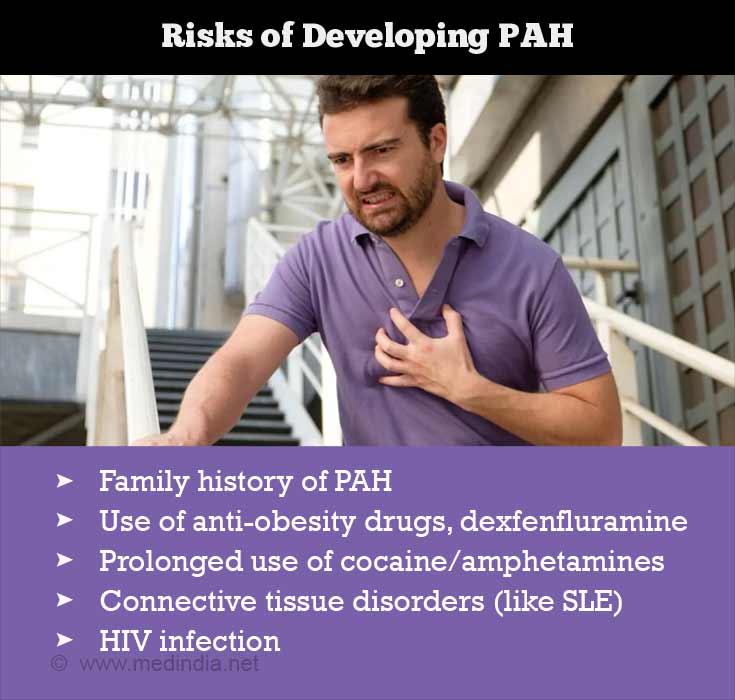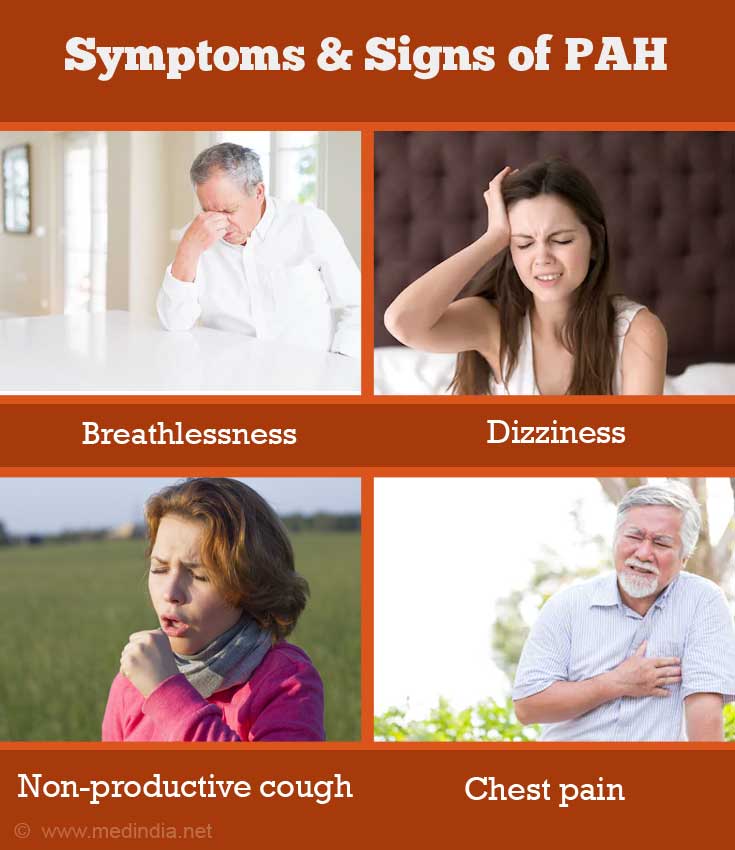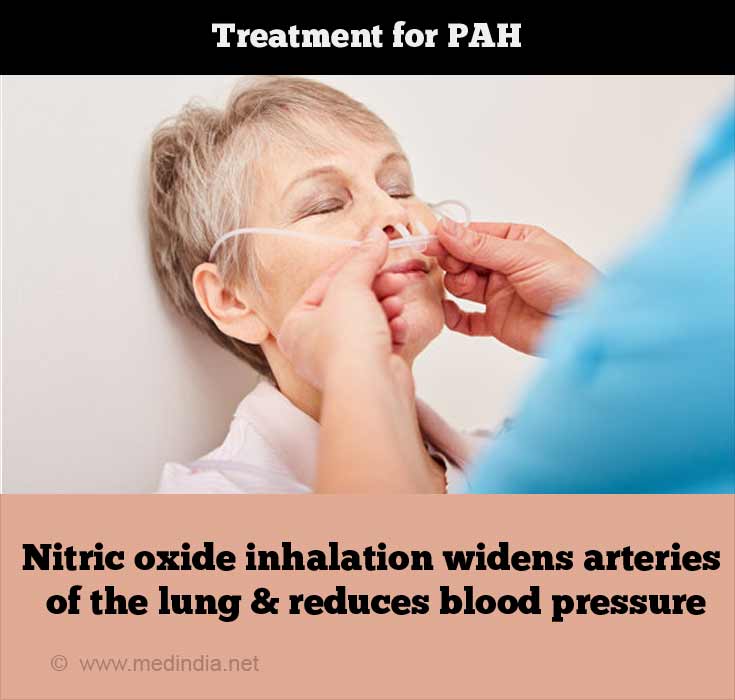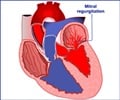About
Other Names - Primary Pulmonary Arterial Hypertension (PAH), or idiopathic Pulmonary Arterial Hypertension (PAH)
Pronunciation - (PULL-mun-ary HI-per-TEN-shun)
Pulmonary arterial hypertension (PAH) is defined as mean pulmonary arterial pressure >25mm Hg at rest and >30mm Hg on exertion. Symptoms and Signs of PAH generally do not appear until the right side of the heart begins to fail. The causes are many and its diagnosis is done by Echocardiogram (ECHO) and other tests if necessary. For mild to moderate cases treatment is medication but more severe cases may need lung transplantation.
The pulmonary arteries carry blood from the heart to the lungs. PAH increases the resistance of blood flow through the lungs. Due to the increased strain the right side of the heart pumps blood less effectively, this can eventually lead to heart failure, known as right ventricular failure.
Causes
PAH can be primary where no known cause is known or secondary where a cause is present. This also is known as idiopathic PAH. Secondary PAH is more common and the cause include -
- Mitral valve disease – like stenosis or regurgitation (Mitral Valve lies between atrium and ventricle of heart)
- Lung conditions like chronic obstructive pulmonary disease (COPD) Sleep apnea
- Sickle cell anemia
- Sarcoidosis
Risks of Developing PAH
- Family History of PAH
- Use of anti-obesity drugs, dexfenfluramine
- Prolonged use of cocaine/amphetamines
- Connective tissue disorders (like SLE)
- HIV infection
- Liver disorders
- Use of cocaine

Signs & Symptoms
- Breathlessness
- Dizziness
- Fainting
- Non-productive cough, sometimes hemoptysis (coughing out blood)
- Swelling around the ankle and knees (peripheral edema)
- Chest pain
- Palpitations (awareness of the heartbeat)

Diagnosis
Echocardiogram (ECHO -ultrasound of the heart)- it measures size and shape of the heart, assess the functioning of the heart chambers and valves
- Right heart catheterization- a catheter is inserted through the femoral vein/subclavian vein advancing it to the right ventricle. This catheter is connected to a device to monitor the arterial pressure.
- Electrocardiogram (ECG)
- Chest X-ray (may show enlargement of the right ventricle)
- MRI
- PET (positron emission tomography)- shows the level of the chemical activity of the heart
Treatment
- Medication
- Anticoagulant medicines- warfarin
- Calcium channel blockers- relaxes the blood vessels and increases blood and oxygen supply to the heart
- Epoprostenol- widens the arteries of the lungs and thus prevents formation of clots. It is given intravenously
- Iloprost- patients are nebulized with this medicine. It reaches the lungs directly and prevents formation of clots.
- Treprostinil- relaxes vessels and increases blood supply to the lungs
- Bosentan- widens arteries of the lung and reduces blood pressure
- Nitric oxide inhalation- widens arteries of the lung and reduces blood pressure

- Diuretics
- Sildenafil
- Oxygen Treatment
- Lung Transplantation

![Pulmonary Arterial Hypertension [PAH] - Symptoms & Signs - Causes - Diagnosis - Pulmonary Arterial Hypertension [PAH] - Symptoms & Signs - Causes - Diagnosis -](https://images.medindia.net/patientinfo/1920_500/pulmonary-arterial-hypertension-pah.jpg)








